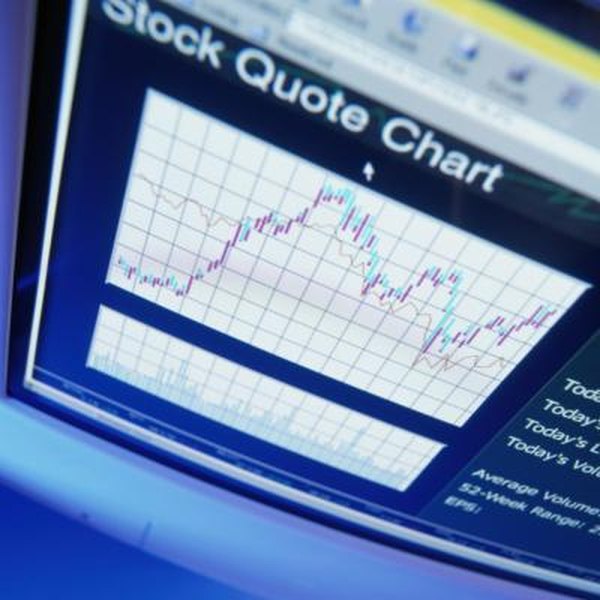How to Track NASDAQ 100 Futures
NASDAQ 100 futures quotes are readily available from a variety of sources.
Duncan Smith/Photodisc/Getty Images
For traders and investors, the NASDAQ 100 offers one of the more useful vital signs to gauge the general direction of the stock market. This index includes 100 of the most valuable non-financial companies on the NASDAQ exchange, an electronic trading platform. Tracking the NASDAQ 100 index and futures is a simple matter of accessing readily available market quotes.
Visit a financial site such as Yahoo! Finance or CNBC, which provide "streaming" quotes that track important indexes such as the Dow Jones Industrials, the Standard & Poor's 500 and the NASDAQ 100.
Step 2Find the site page that lists "futures," "options" or "commodities"; you'll find these tabs in a horizontal bar across the top of the page or in a vertical column on the left side of the page. The labeling varies from one site to the next, but your goal is to click through to a streaming quote for the NASDAQ 100 index futures. A future is a contract to buy or sell a commodity, or index, until a contract expiration date. As the index value increases, so does the value of the futures contract. Although there are several months of NASDAQ 100 futures available, only the shorter contacts (expiring soonest) are actively traded.
Step 3Find the quotation, which on most sites will be flashing red when it falls in value and green when it rises (some sites use up and down, or red/green arrows). You will also find the net change from the previous day, the daily volume (number of contracts bought and sold) and the last settlement price (the futures contract settles once a day). You may also be able to access historical charts, which track the rise and fall of the NASDAQ index and its futures over a specific period of time, such as a week, a month or a year.
References
Tips
- If you want to dabble in futures contracts, you'll need some risk capital. You can use leverage (borrowed money) to invest in futures, but be aware that the value of a single NASDAQ futures contract is 100 times the current index price. On a trading day in late November 2012, for example, that price stood at 2,655.00; therefore trading a single contract meant handling a commodity with a face value of $265,500. A single-point move in this volatile index represents a gain or loss of $100.
- NASDAQ futures trade on the Chicago Mercantile Exchange or CME; the contracts are active around the clock on the GLOBEX electronic platform, from 5:00 pm Sunday to 4:30 pm Friday, Central Time.
Warnings
- Trading futures is risky. If your futures contract loses value, you can lose all of your investment; if you've sold the contract and its price rises, your loss is theoretically limitless. Always use stops that will limit your loss when dealing in futures or any other trading vehicle, including options, stocks and currencies.
Writer Bio
Founder/president of the innovative reference publisher The Archive LLC, Tom Streissguth has been a self-employed business owner, independent bookseller and freelance author in the school/library market. Holding a bachelor's degree from Yale, Streissguth has published more than 100 works of history, biography, current affairs and geography for young readers.

